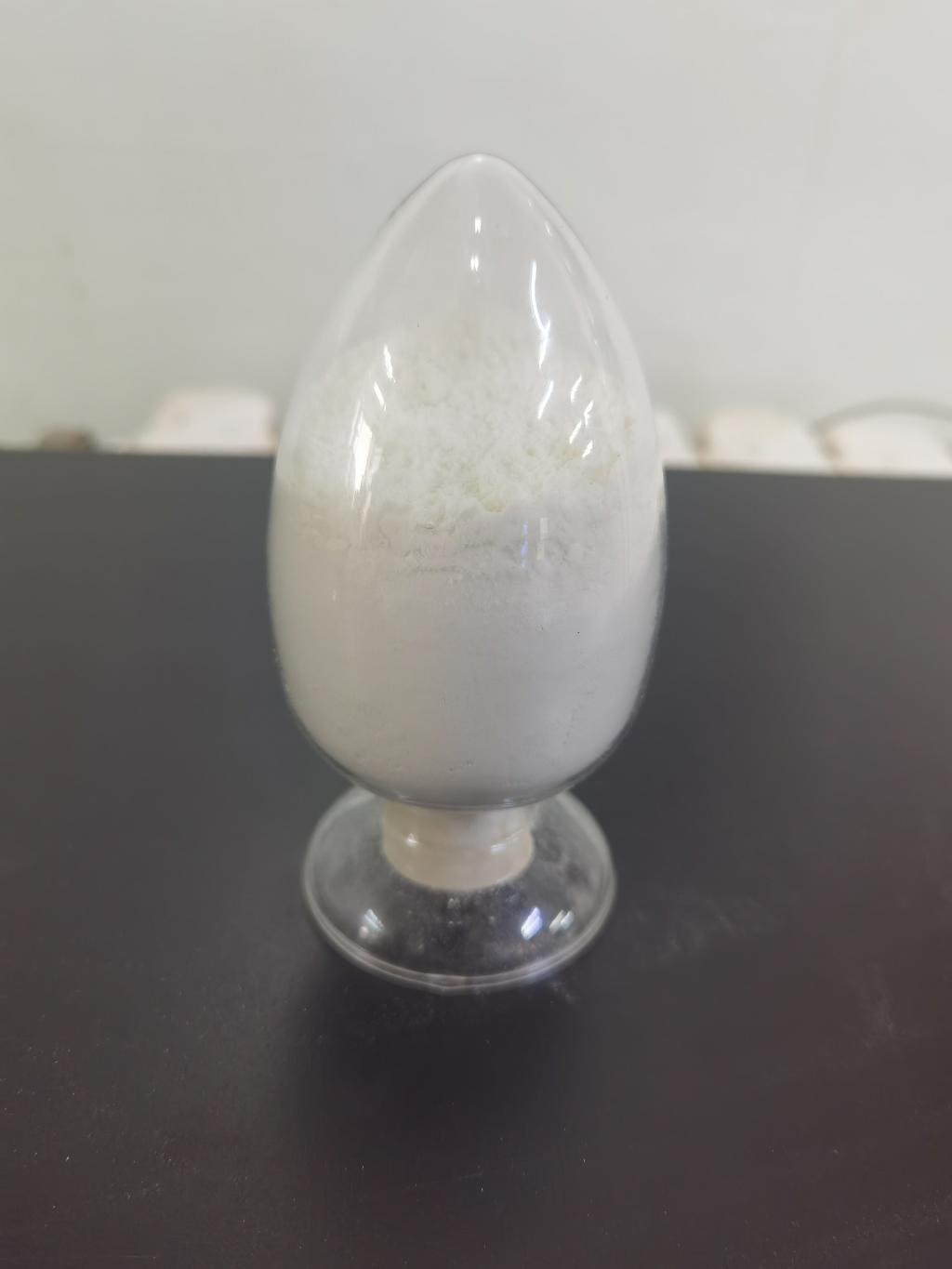Tel:+8618231198596

News
 CONTACT
CONTACT
 CONTACT
CONTACT
- Linkman:Linda Yao
- Tel: +8618231198596
- Email:linda.yao@dcpharma.cn
- Linkman:CHARLES.WANG
- Department:Overseas
- Tel: 0086 0311-85537378 0086 0311-85539701
News
Current Position:
Home >
News
>ε-Polylysine Hydrochloride: Innovations in Ensuring Freshness in Seafood.
ε-Polylysine Hydrochloride: Innovations in Ensuring Freshness in Seafood.
TIME:2023-10-23
Introduction:
Seafood, cherished for its taste and nutritional value, is a vital component of the global food supply. However, due to its highly perishable nature, maintaining seafood freshness presents a significant challenge. Ensuring that seafood products reach consumers in pristine condition is not only a matter of quality but also of food safety. ε-Polylysine hydrochloride has emerged as a novel solution, revolutionizing seafood preservation and extending the shelf life of these delicate products.
Challenges in Seafood Preservation:
Seafood preservation is fraught with challenges:
a. Microbial Spoilage:
Seafood is highly susceptible to microbial spoilage, which can lead to off-flavors, odors, and textural deterioration.
b. Short Shelf Life:
Seafood products have a limited shelf life, making efficient preservation methods crucial for reducing waste and economic losses.
c. Food Safety:
The risk of foodborne pathogens in seafood poses a significant threat to public health, necessitating rigorous safety measures.
ε-Polylysine Hydrochloride: An Overview:
ε-Polylysine hydrochloride, a naturally occurring antimicrobial peptide, is derived through bacterial fermentation. Its unique structure and properties make it an ideal candidate for seafood preservation.
Mechanisms of Action:
Understanding how ε-Polylysine hydrochloride functions is crucial for appreciating its role in seafood preservation:
a. Membrane Disruption:
ε-Polylysine hydrochloride interacts with microbial cell membranes, causing disruptions that lead to the leakage of cellular contents and cell death.
b. Selective Antimicrobial Activity:
One of the remarkable features of ε-Polylysine hydrochloride is its selective targeting of bacteria, molds, and yeasts, sparing beneficial microorganisms commonly found in seafood.
c. Synergy with Other Preservatives:
ε-Polylysine hydrochloride often works synergistically with other preservatives, enhancing overall antimicrobial effectiveness.
Applications in Seafood Preservation:
ε-Polylysine hydrochloride offers a range of applications in seafood preservation, addressing the challenges faced by the industry:
a. Preservation of Freshness:
By inhibiting microbial growth, ε-Polylysine hydrochloride helps maintain the freshness and sensory attributes of seafood products, reducing the likelihood of off-flavors and odors.
b. Shelf Life Extension:
It significantly extends the shelf life of various seafood items, minimizing the risk of early disposal and food waste.
c. Food Safety Enhancement:
The antimicrobial properties of ε-Polylysine hydrochloride enhance food safety by preventing the growth of pathogenic microorganisms and reducing the risk of foodborne illnesses.
d. Clean-Label Solutions:
ε-Polylysine hydrochloride aligns with consumer preferences for clean-label products, as it reduces the need for synthetic preservatives and chemical additives.
Implications in Ensuring Seafood Freshness:
The introduction of ε-Polylysine hydrochloride in seafood preservation has transformative implications:
a. Extended Shelf Life:
Seafood products can stay fresh for longer periods, reducing waste, increasing economic efficiency, and providing consumers with high-quality products.
b. Improved Food Safety:
By preventing the growth of foodborne pathogens, ε-Polylysine hydrochloride enhances seafood safety, reducing the risk of foodborne illnesses and recalls.
c. Sustainable Practices:
The reduction in synthetic preservatives and additives aligns with sustainable food production practices, catering to the growing demand for eco-friendly and clean-label seafood products.
d. Enhanced Consumer Experience:
Consumers can enjoy seafood with enhanced freshness, texture, and sensory attributes, reinforcing their trust in seafood products.
Future Directions:
The use of ε-Polylysine hydrochloride in seafood preservation holds significant promise for the future:
a. Improved Formulations:
Ongoing research explores enhanced formulations and delivery methods to improve the stability and effectiveness of ε-Polylysine hydrochloride in seafood products.
b. Global Regulatory Consistency:
Harmonization of regulatory standards across countries is essential to facilitate the global acceptance and application of ε-Polylysine hydrochloride in the seafood industry.
c. Consumer Education:
Raising awareness and fostering consumer acceptance of ε-Polylysine hydrochloride as a safe and effective seafood preservative will play a crucial role in its broader adoption.
Conclusion:
The integration of ε-Polylysine hydrochloride into seafood preservation marks a significant innovation in the industry. It is a game-changer in extending the shelf life of seafood products, enhancing food safety, and reducing the environmental and economic impact of food waste. As the seafood industry strives to meet the demands of a growing global population while prioritizing sustainability and food safety, ε-Polylysine hydrochloride emerges as a crucial ally in shaping a safer and more sustainable seafood landscape.
- Tel:+8618231198596
- Whatsapp:18231198596
- Chat With Skype







